The United States has an impressive inventory of military ships, planes and vehicles. In fact, it just might be the envy of the world because of the enormous size and budget of its Army, Navy, and other various defense departments.
But there was once a time when certain military technologies that we view as commonplace today were still considered innovative. Back then, problems arose as designers and manufacturers – and the Navy itself – were still learning what materials worked best for any given project.
Hard lessons sometimes were learned too late, like the dreadful event that cost eight Navy servicemen their lives in November 1975.
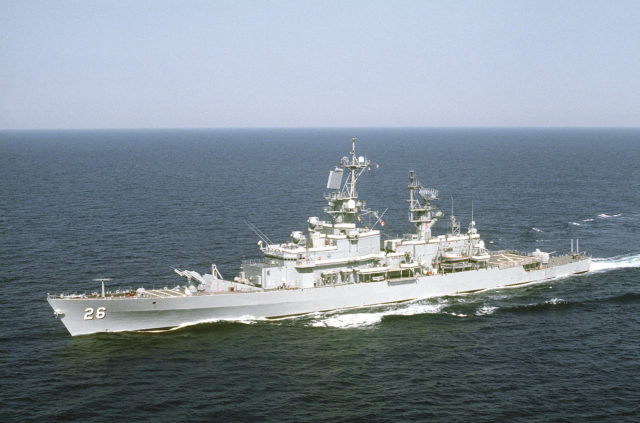
The USS Belknap (CG 26) was a newly reclassified guided missile cruiser, and when it accidentally slammed into the aircraft carrier USS John F. Kennedy, the ensuing fire and damage killed eight men, seven on the cruiser and one on the carrier.
The accident happened while both ships were doing nighttime air drills near Sicily, Italy, sailing far apart but traveling in the same direction.
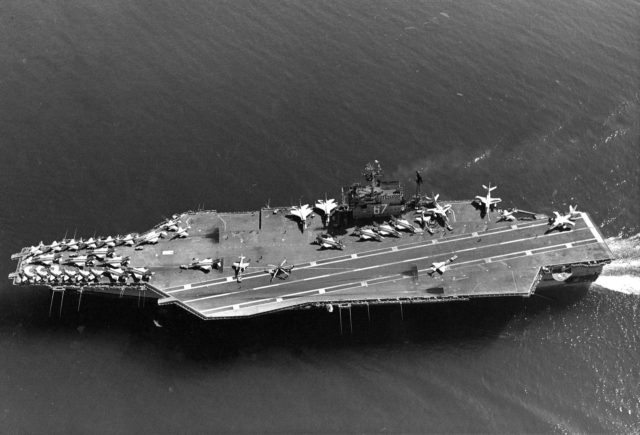
But Belknap made an unexpected turn directly toward Kennedy. When they collided, damage to the cruiser was almost immediate: a fuel line was cut, which caused fuel to begin leaking. Within mere moments, Belknap was in flames.
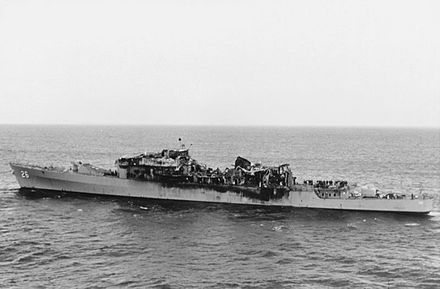
Two other ships, Claude V. Ricketts and the destroyer Bordelon, raced to assist the crew, who were desperately trying to quell the flames. Both ships used their own fire hoses on areas of the Belknap its crew could not access. Claude V. Ricketts worked to rescue Belknap‘s wounded sailors, though many wanted to stay onboard to fight the fire.
It wasn’t just the blaze on the Belknap that was dangerous–the extreme heat also caused the ship’s ammunition to explode. It was as though the men were on a battlefield, with shrapnel pouring down all around them.
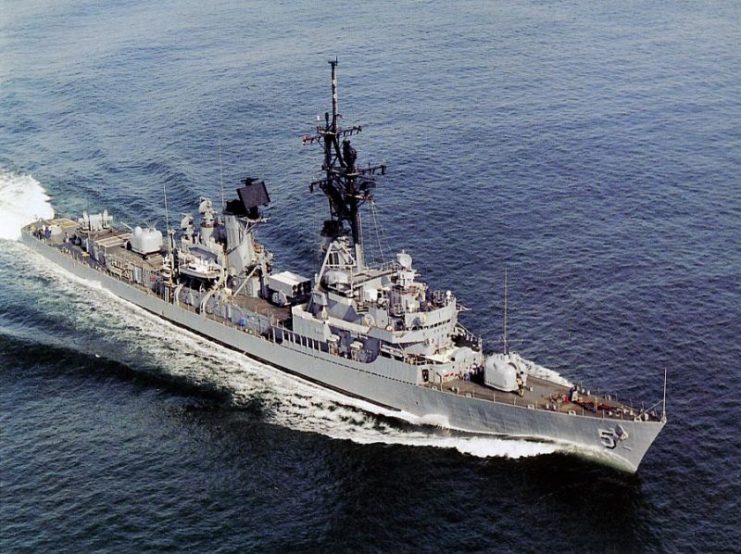
It took more than two hours for the men to put out the fire, and by then enormous damage had been done. The Navy realized too late that the aluminum superstructure was partly to blame for the extent of the damage.
Aluminum cannot take such extreme temperatures – it melts, as illustrated by Belknap‘s superstructure melting down. Had the ship been built completely from steel, it may have better withstood the heat.
Shortly after this tragedy, the Navy announced that it would, henceforth, have future ships built from steel, not aluminum. Although officials did not directly link the decision to the collision, the timing seems to indicate that the accident was a factor in the change.
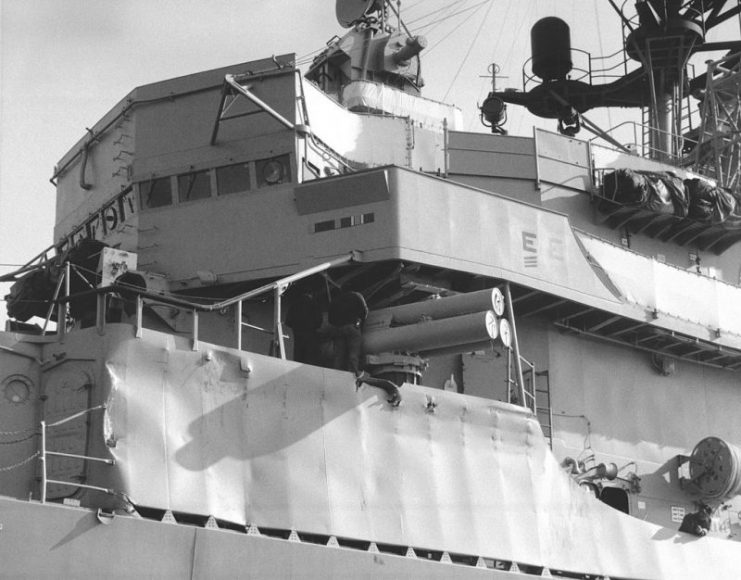
The Kennedy was also damaged, but to a lesser extent than the Belknap. Nonetheless, one man from the Kennedy lost his life in the accident as well.
The event soon earned the cruiser some rather morbid nicknames: “Can Opener” and “Jack the Tin Can Killer.”
After the accident, the Belknap‘s crew was temporarily moved to the ammunition ship Mount Baker before being reassigned to other duty stations.
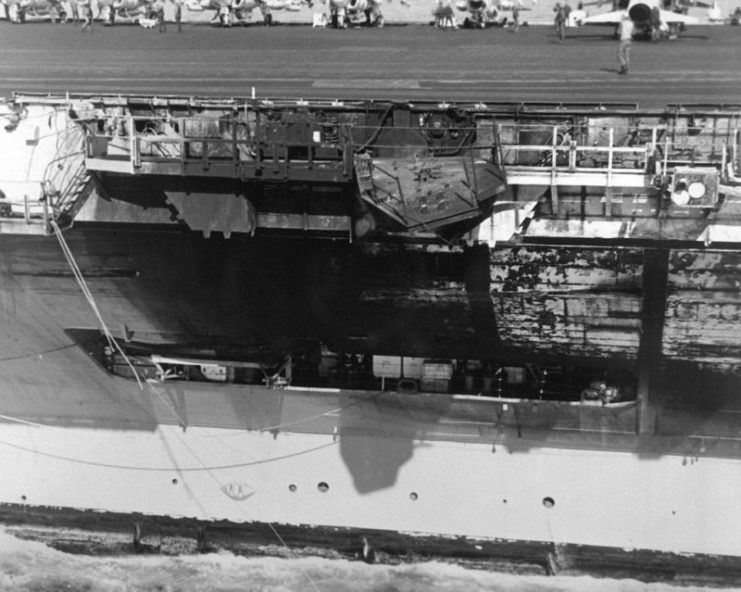
Read another story from us: How The US Lost 4 Nukes: B-52 Collided With A Tanker Aircraft
Belknap itself was taken to the Philadelphia Naval Yard, and over the next four years it was completely refurbished and restored. By 1986, it was a flagship, and one positive footnote in its history is that it served as a base for George H. W. Bush when he attended the Malta Summit in 1989.
In 1995, the ship was decommissioned, and just three years later, it was sunk as a target vessel.
